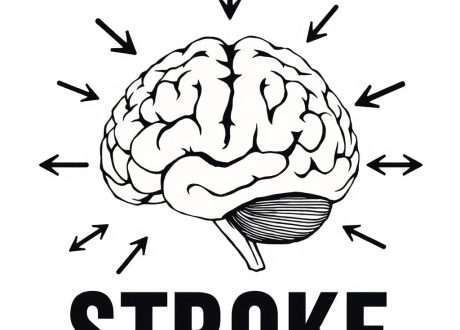 P.J. Hutchinson, H. Adams, M. Mohan, B.I. Devi, C. Uff, S. Hasan, H. Mee,
P.J. Hutchinson, H. Adams, M. Mohan, B.I. Devi, C. Uff, S. Hasan, H. Mee,
M.H. Wilson, D.K. Gupta, D. Bulters, A. Zolnourian, C.J. McMahon, M.G. Stovell,
Y.Z. AlвАСTamimi, M.K. Tewari, M. Tripathi, S. Thomson, E. Viaroli, A. Belli,
A.T. King, A.E. Helmy, I.S. Timofeev, S. Pyne, D.P. Shukla, D.I. Bhat, A.R. Maas,
F. Servadei, G.T. Manley, G. Barton, C. Turner, D.K. Menon, B. Gregson,
and A.G. Kolias, for the British Neurosurgical Trainee Research Collaborative,
NIHR Global Health Research Group on Acquired Brain and Spine Injury,
and RESCUE-ASDH Trial Collaborators*
Abstract                    
BACKGROUND
Traumatic acute subdural hematomas frequently warrant surgical evacuation by means of a craniotomy (bone flap replaced) or decompressive craniectomy (bone flap not replaced). Craniectomy may prevent intracranial hypertension, but whether it is associated with better outcomes is unclear.
METHODS
We conducted a trial in which patients undergoing surgery for traumatic acute subdural hematoma were randomly assigned to undergo craniotomy or decompressive craniectomy. An inclusion criterion was a bone flap with an anteroposterior diameter of 11 cm or more. The primary outcome was the rating on the Extended Glasgow Outcome Scale (GOSE) (an 8-point scale, ranging from death to вАЬupper good recoveryвАЭ [no injury-related problems]) at 12 months. Secondary outcomes included the GOSE rating at 6 months and quality of life as assessed by the EuroQol Group 5-Dimension 5-Level questionnaire (EQ-5D-5L).
RESULTS
A total of 228 patients were assigned to the craniotomy group and 222 to the decompressive craniectomy group. The median diameter of the bone flap was 13 cm (interquartile range, 12 to 14) in both groups. The common odds ratio for the differences across GOSE ratings at 12 months was 0.85 (95% confidence interval, 0.60 to 1.18; P=0.32). Results were similar at 6 months. At 12 months, death had occurred in 30.2% of the patients in the craniotomy group and in 32.2% of those in the craniectomy group; a vegetative state occurred in 2.3% and 2.8%, respectively, and a lower or upper good recovery occurred in 25.6% and 19.9%. EQ-5D-5L scores were similar in the two groups at 12 months. Additional cranial surgery within 2 weeks after randomization was performed in 14.6% of the craniotomy group and in 6.9% of the craniectomy group. Wound complications occurred in 3.9% of the craniotomy group and in 12.2% of the craniectomy group.
CONCLUSIONS
Among patients with traumatic acute subdural hematoma who underwent craniotomy or decompressive craniectomy, disability and quality-of-life outcomes were similar with the two approaches. Additional surgery was performed in a higher proportion of the craniotomy group, but more wound complications occurred in the craniectomy group. (Funded by the National Institute for Health and Care Research; RESCUE-ASDH ISRCTN Registry number, ISRCTN87370545. opens in new tab.)










